I felt proud of the back of the “Tokyo Aniki.” Breaking away from the older brother “character” that comes from his appearance, Kei KOIZUMI is now trying to become the true older brother who carries the blue and red.
His words are straightforward and always spoken with consideration for others. That atmosphere is somehow reflected in his playing style as well. He covers nearly 13 km per game on average, running freely across the pitch. However, most of that movement is spent covering for someone else’s mistakes or providing support. He leaves a strong impression as the unsung hero who supports the team from behind the scenes. The phrase he often says, “Honestly, I don’t care as long as the team wins,” truly comes from his heart.
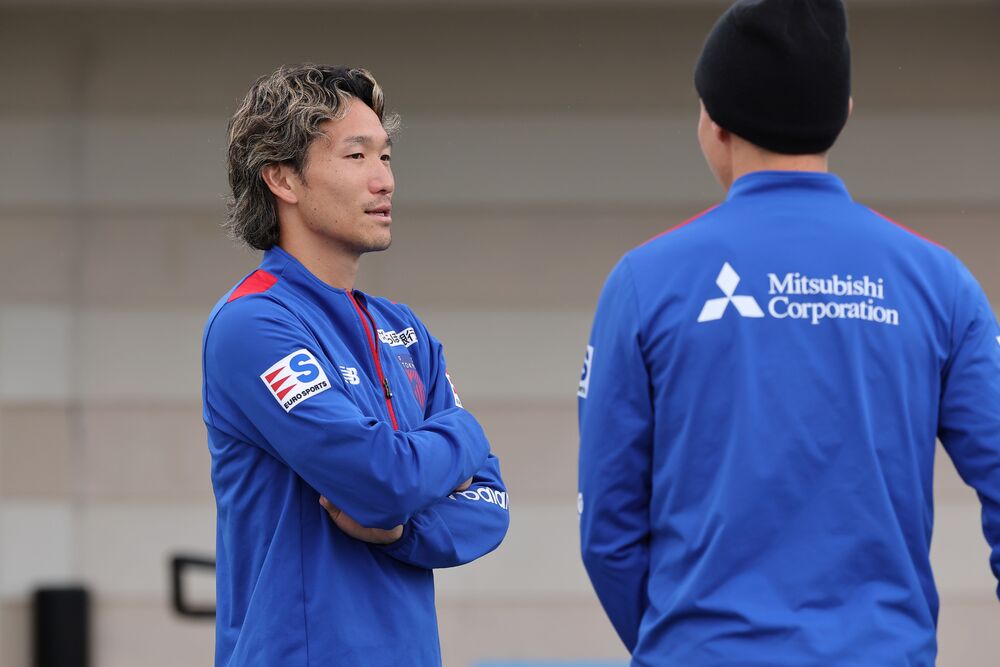
This player, who is like a bundle of dedication, experienced a significant change even before the start of this season. During the Okinawa training camp, he stayed on the pitch every day, eagerly seeking advice from both young and veteran players. Each of these actions showed his hunger for growth. He turned 30 this April and made a vow: “As a football player, as a person, and as a man, I must grow even more.” He continues to push forward without stopping on his path through his thirties. For such a Koizumi, coach Rikizo MATSUHASHI entrusted him with the captain’s armband.
However, what awaited there were days that were by no means smooth sailing.
Although he played full-time in the first three matches from the opening, he increasingly started on the bench due to team circumstances. He missed three matches starting from the 2025 Meiji Yasuda J1 League Sec. 7 Kawasaki Frontale match. During that period, the team fell into a long tunnel of eight winless games.
“We won the opening match and the Sec. 3 match against Nagoya Grampus, but I was not satisfied with my performance. I couldn’t get off to a good start this season. After that, I got injured and watched the games from the stands. I caused considerable trouble for the team.”
Returned to the starting lineup in Sec. 12 against Gamba Osaka, and the team secured their first league win in 9 matches with a 3-0 victory, but in the following match against Shimizu S-Pulse, he was once again left out of the starting lineup, feeling increasingly frustrated and thinking “still not enough.”
Before Sec. 14 against Albirex Niigata, which was also the starting point of his professional career, Koizumi seemed somewhat troubled. Wearing the captain’s armband, he said, “I haven’t been able to lead the team to victory at all,” and let out a long sigh. Telling himself, “This is the crucial moment,” he bravely headed to Niigata.
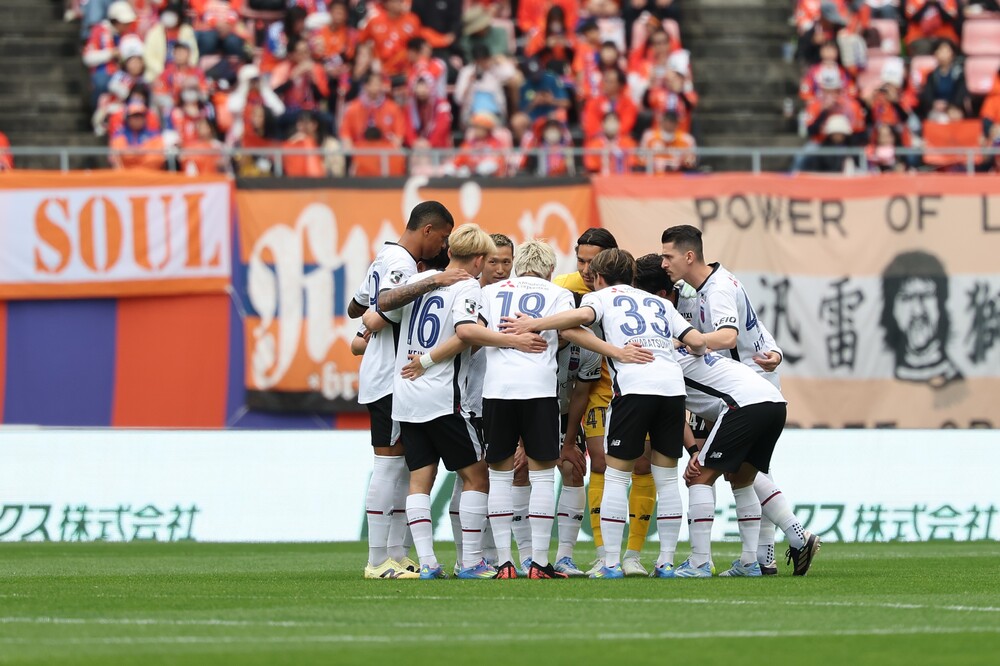
The determination hidden within was spoken just before kickoff during the team huddle.
“The three veterans are not here, but we can’t always rely on them. Winning here without those three is important for Tokyo moving forward.”
A match where Masato MORISHIGE, Keigo HIGASHI, and Yuto NAGATOMO, who have led Tokyo for many years, were all absent due to injuries and poor condition. The responsibility to carry Tokyo’s future made it clear in those words.
Then, in that match, they took on a new challenge. On this day, Koizumi, who started as right wing-back, showed a bold positional change during the build-up. Moving from the side into the center to join the build-up, Kanta DOI skillfully filled the space left by Koizumi as a right stopper. When faced with a potential numerical disadvantage, forward Keito Sato pressed back to prevent a defensive breakdown.
“I had talked with Keiyu and Kanta before the match. The two of them adapted flexibly almost on the spot. Staying in the center all the time can sometimes be a hindrance, so a delicate balance is necessary there.”
Niigata couldn’t keep up with the Tokyo players whose positions changed rapidly. Gradually, Tokyo succeeded in taking control of the game. There was a reason behind this bold action. It was because he felt constrained when he played as a defensive midfielder.
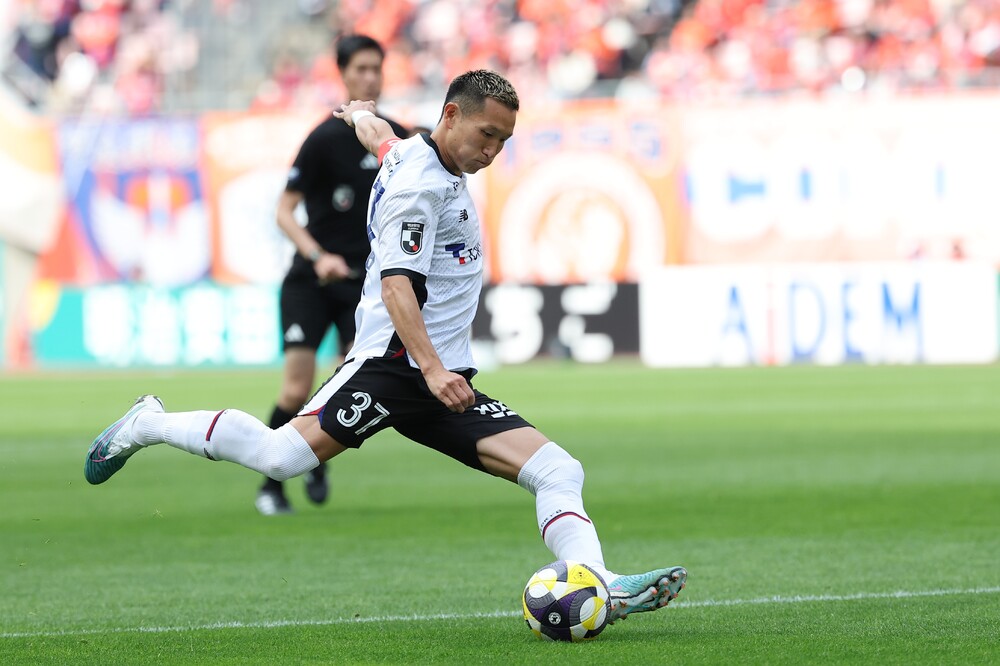
“I was thinking about how to play with better spacing. Even when I turned and looked up, everyone was properly positioned, but I still felt it was a bit difficult to pass. If the shadow players drop too deep, they move away from the goal and narrow the range of play. I felt there needed to be a role to fill that gap. As a wing-back, I basically have to stay wide. However, by slightly showing myself there, the team gains a little breathing room. Because I understand how the defensive midfielders feel, my actions came from the desire to somehow support them in attack.”
This “third defensive midfielder” created a situation that encouraged Takahiro KO and Kento HASHIMOTO to play more offensively. By being able to carry the ball steadily, the two shadow forwards were able to demonstrate their strength further up the field than before. Coach Matsuhashi said, “The optimal solution is right there,” and did not deny Koizumi’s quick-witted positioning.
“Having various ideas is important, and if they just mechanically follow what we convey 100 percent, it might suppress their imagination and ideas. Since they are acting based on an understanding of the team’s foundation, I don’t think they are ignoring that foundation.”

The captain’s new attempt ignited a fire that spread throughout the entire team. Coach Matsuhashi had said, “They can do what they’re told, but no ideas beyond that come out,” so perhaps he was waiting for someone to break through the wall. The one who broke through it was the troubled Koizumi.
“Everything is taught by the situation”
The movement of the ball and the arrangement on the board. It’s about deciphering that moment and whether you can draw the same picture──.
It was the 6th minute of the second half with the score at 1-0. The entire team did not miss the moment when Koizumi picked up the loose ball on the right side. When Doi received it facing forward, he dribbled past one opponent and advanced. He passed the ball to Taka, and the two ran up to the front of the goal. Then, the play shifted to the left side where Sato contested Keita ENDO’s cross, and Koizumi picked up the loose ball again to continue the play.

The secondary attack from there led to the team’s second goal at the 7th minute. Koizumi received the ball again on the right wide position and slipped into the area in front of the goal. Doihi, who took the ball, continued to aim at the goal as if breaking through with a one-two pass with Sato. Koizumi ran alongside in sync with this movement. After receiving a horizontal pass, he finally bypassed one defender and calmly slotted the ball into the goal with his right foot.
“We were often told in practice not to stop after passing the ball. It was also significant that Kanta came up to such an advanced position. It was good that both Kanta and I kept moving without stopping after passing. Getting into that position connected everything. There is also a fear in moving into that position. Even if the space is tight, goals like that won’t be scored unless you insert yourself or slip through those areas. I want to continue making those kinds of movements to increase the number of goals.”

As if drawn to the back of Koizumi, who had been running for the team, one by one, the players found the optimal solution, and at that moment, a beautiful goal involving multiple players was born. The coach clenched his trembling hands in joy. Then he thought, “I hope Kei’s play becomes some kind of signal,” and continued.
“Ultimately, I focus on where the goal is and where we need to inflict damage. Crossing the ball is one aspect, but I also expect players to break through. It excites the spectators. It’s powerful, technical, and full of ideas. No matter how many opponents there are, if you engage with them, make accurate decisions, and demonstrate perfect skills, that kind of play is born. Going there revealed something new. If we hadn’t gone, we would never have seen it in our lifetime. That kind of attempt was wonderful.”
After that, both teams scored against each other, and the match ended with a score of 3-2. Not everything went smoothly. There were both challenges and gains. After the match, the words that came out were mostly reflections and regrets. Koizumi let out a breath, and relief spread across his face more than joy.
“At the beginning of this season, I felt that I was completely unable to play in a way that would lead the team to victory. Because I felt that, my ideal was to firmly produce visible results and win. It was good that I was able to do that this time, but the way the match was finished was a bit… Personally, it was a crucial moment, and I thought that if I didn’t show some difference here, I wouldn’t be able to survive. However, the real battle starts now. Whether we fight at the bottom or rise to the top will be decided by this month’s matches. I want to face each match with that level of determination.”

It’s about how to make the ignited fire burn brighter. The commander encouraged Koizumi’s hunger for growth by saying, “Aim to be a special presence, whether on the side or as a defensive midfielder.” In response, Koizumi said.
“I think my moment to shine starts here.”
The future of Aoaka and Kei KOIZUMI changed from this match. To call it that, it depends on how many successful experiences can be built from here. Nenichi… no, no, the highlights start now. The interlude is brief. The stage continues.
(Honorifics omitted in the text)
Text by Tadashi BABA (Freelance Writer)
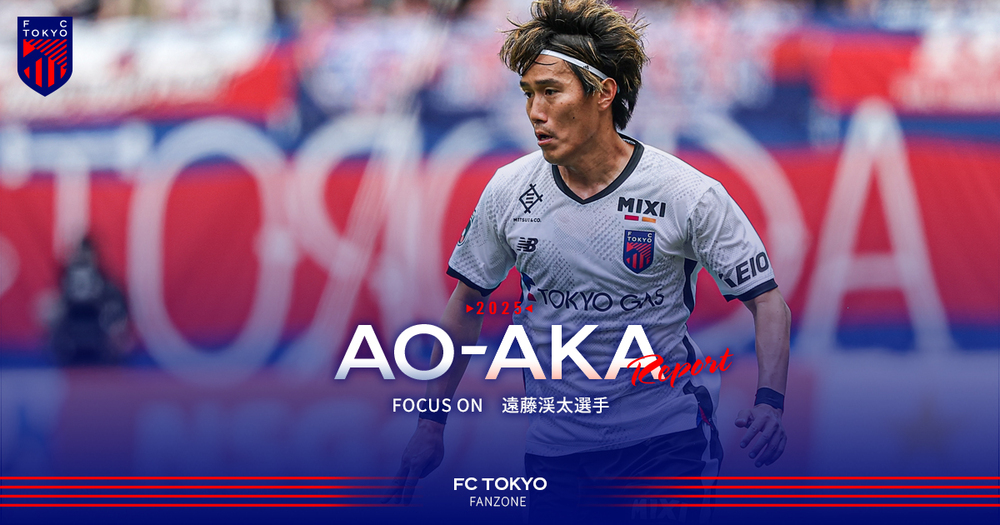
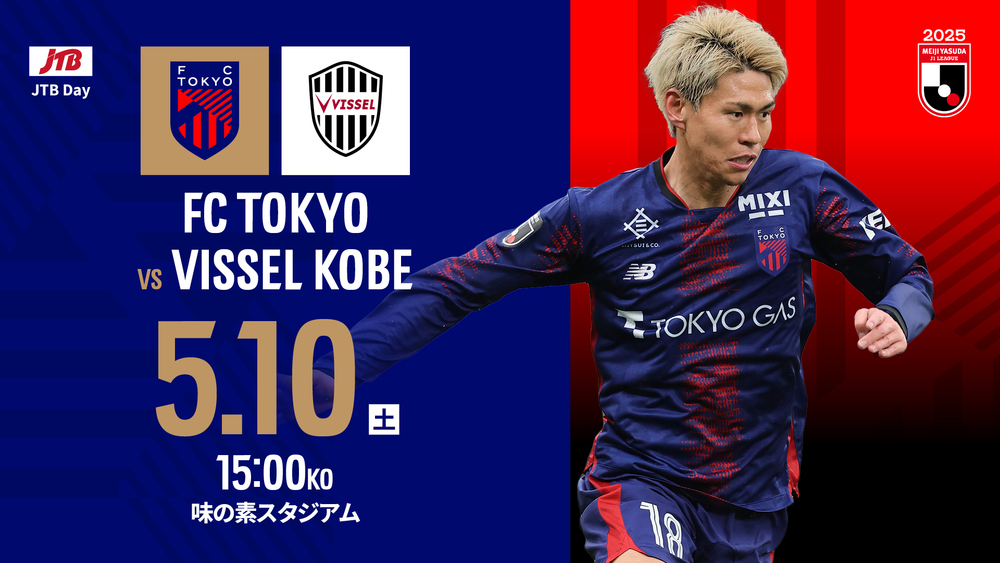
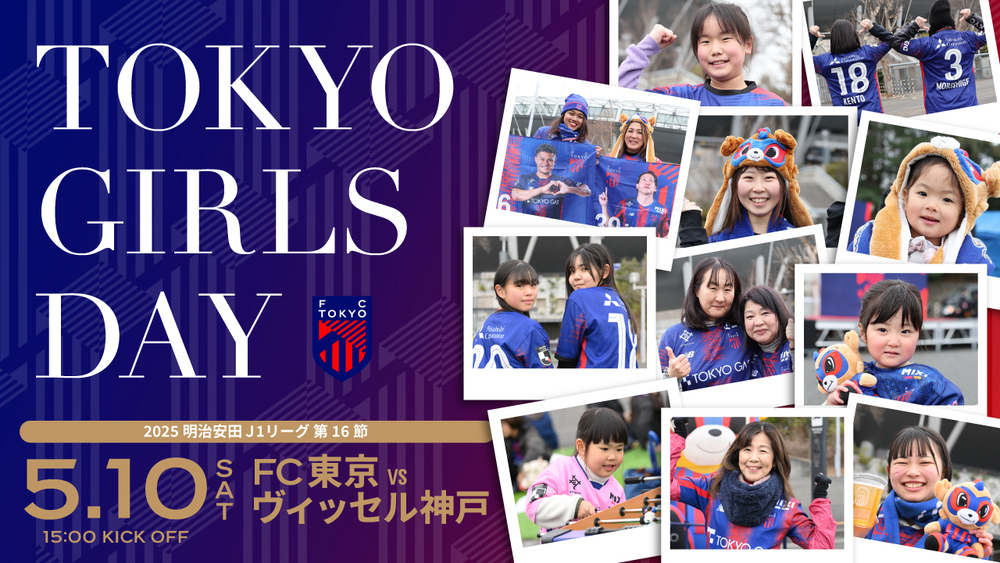
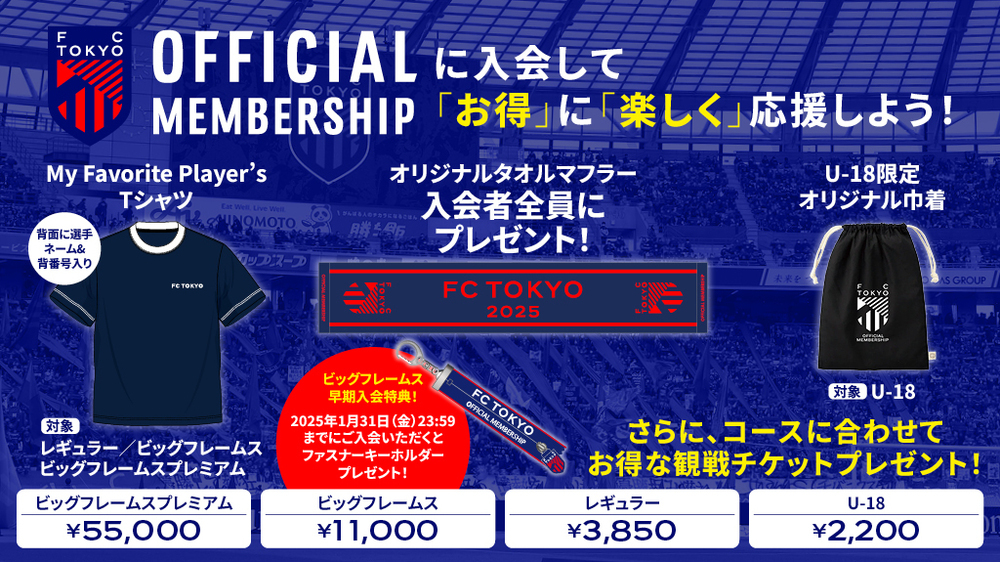


AloJapan.com